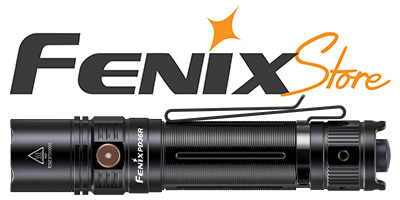being limited to a 0603 package does restrict your options. however.... does it need a zener?
Conventionally, to protect a circuit or device, you would put a zener across it, with the zener's cathode at the power supply rail that you were trying to clamp to a safe voltage. In this case, the led can handle the extra positive voltage from the ESD event (i.e. it will conduct enough to limit the voltage rise). The only real concern is the negative voltage.
With a zener connected in the usual way (zener cathode to led anode), the application of a negative voltage would cause the zener to be forward biased like a regular diode, and limit the reverse voltage applied to the led to 0.7v or so. Not bad. Should be safe for the led. However, it does raise the question of whether a zener is needed at all. Why not a plain rectifier diode? Maybe a schottky, since it has a lower forward voltage?
If you feel compelled to use a zener, pick one with a high enough zener voltage that it won't be conducting during normal led operation. Since the led can have a Vf as high as 4.88v (page 4 of datasheet),
looking at the Digikey selection guide... there are very few zeners designed for 0603 pads available in cut tape (small quantities).
The 641-1303-1-ND is not actually a zener, it's a transient suppressor, which is fine for ESD use. It doesn't conduct at 5v, and starts to conduct at 6v, so it's a good match in terms of voltage.
For the sake of protection, I think I'd put a 1000pF ceramic cap (0603) across the zener and led too. It'll help absorb some of the charge, limit the voltage, and allow more time for the zener or regular diode to start conducting in the forward direction. Couldn't hurt.

Steve K.
edit: regarding the direct drive.... if there is any chance of hooking the power up backwards and blowing out the protective diode, I'd suggest a diode in series with the power wire. Maybe a schottky to limit the voltage drop?

